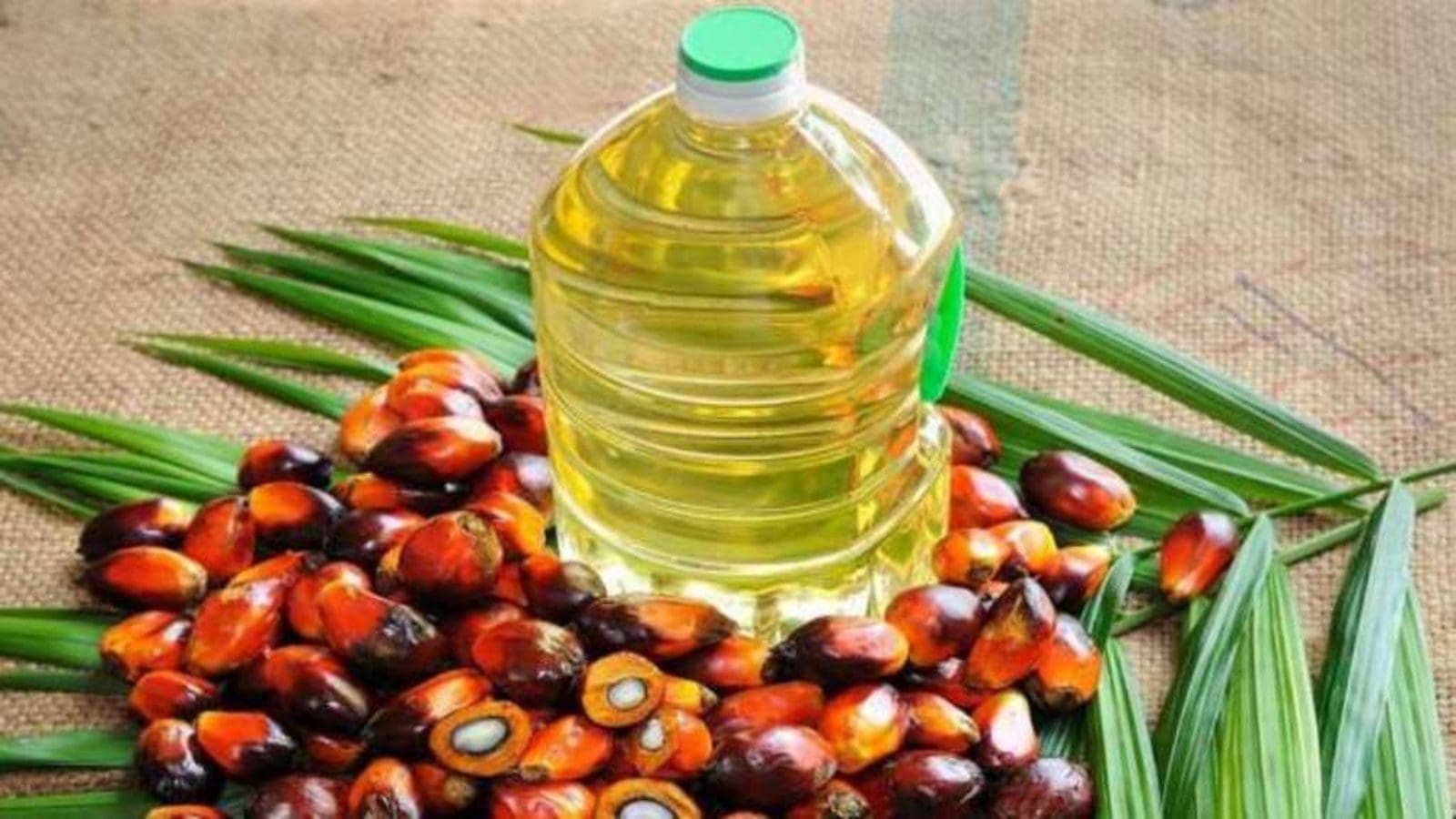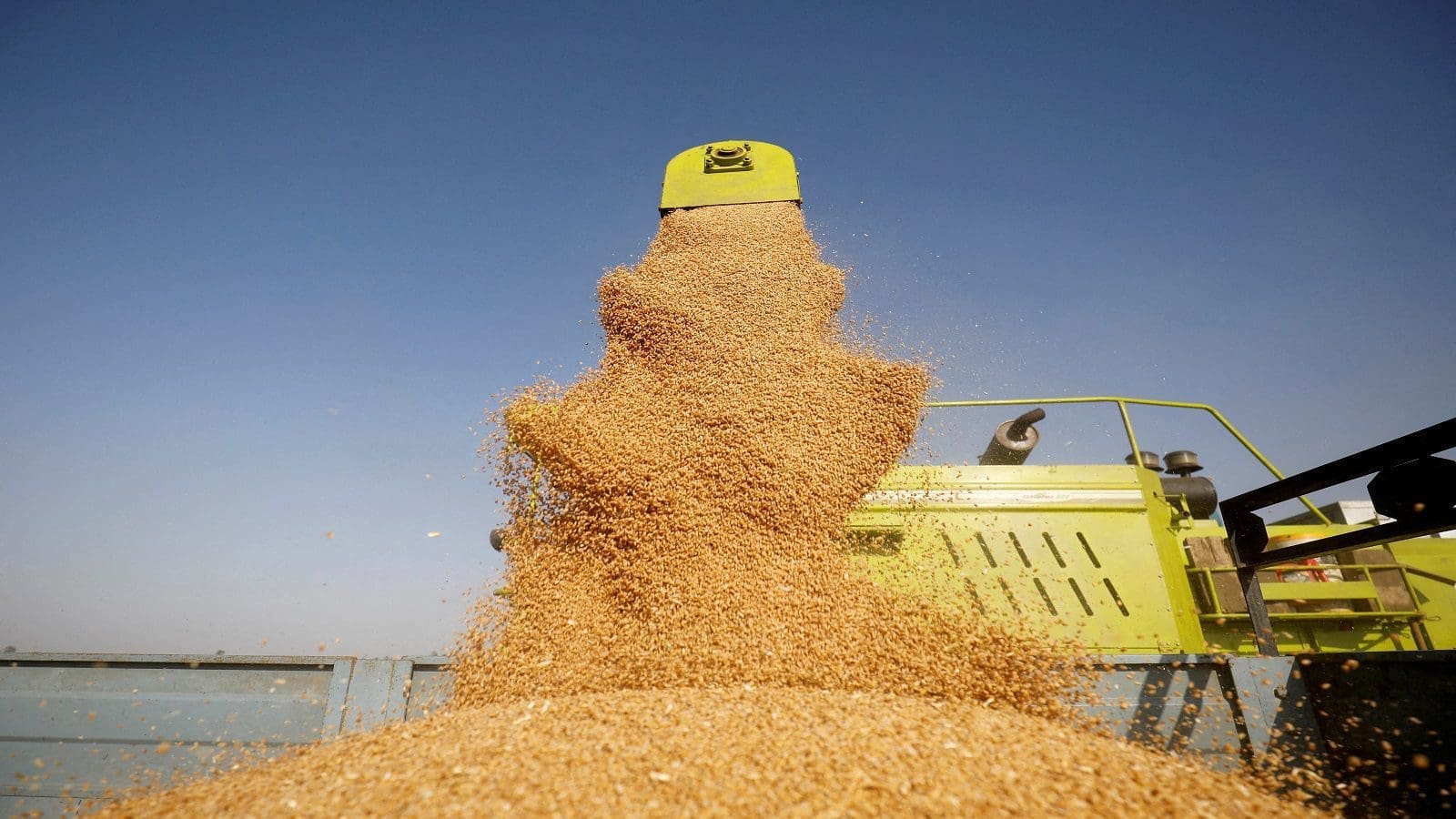NIGERIA – The latest forecast report by the United States Department of Agriculture (USDA) indicates that Nigeria’s palm oil production could reach 1.1 million metric tons (MMT) in MY 2023/24, up by about 22 percent from 900,000MT in 2022/23.
According to the report, this level would be achieved in a context marked by an appreciation in the prices of the commodity on the local market against a backdrop of strong demand and export restrictions imposed by Indonesia.
Area harvested in MY 2023/24 is forecast to reach 3.2 million hectares, up by 7 percent from the USDA official MY 2022/23 estimate of 3 million hectares.
The USDA attributes this increase in harvested area to be due to the growing domestic demand for palm kernel oil in food processing and growing private sector investment in the sector.
Additionally, there is also an increasing government intervention in allocating lands to investors for palm kernel plantations.
Nigeria is the world’s 5th largest producer of palm oil, behind Indonesia, Malaysia, Thailand, and Colombia. In the country, the industry should continue in 2023/2024, its growing momentum started 5 years ago.
The country eyes international revenues following that the global demand for palm kernel oil has risen over the years following its diverse use in foods, consumer products, and biofuels.
In addition, the world’s largest palm oil producer notably froze palm oil export permits worth $3 million in anticipation of a boom in domestic demand for cooking oil. Further, many analysts anticipate a rise in palm oil prices from mid-2023 given the appearance of the El Niño weather phenomenon.
On consumption, USDA forecasts Nigeria’s palm kernel consumption in MY 2023/24 to reach about 1.1 million metric tons (MMT), up 22 percent – compared to the USDA official MY 2022/23 estimate of 904,000 metric tons (MT).
The rise in consumption is ascribed to an increasing consumer-oriented processed food product by utilizing palm kernel extracts in new products, especially in confectionary and bakery products.
Against the backdrop of high production, USDA estimates Nigeria’s palm kernel imports in MY 2023/24 at 3000 MT, a 25 percent decrease below the MY 2022/23 USDA official estimate of 3,000 MT.
In addition, USDA attributes the fall in imports due to rising global prices and increasing domestic supply of the commodity.
Meanwhile, USDA estimates Nigeria’s soybean production in MY 2023/24 (October-September) at 1.15 MMT, an 8 percent decrease from the 2022/23 estimate of 1.25 MMT owing to armed violence against smallholder farmers and the adverse effects of climate change.
For all the latest grains industry news from Africa, the Middle East and the World, subscribe to our weekly NEWSLETTERS, follow us on LinkedIn and subscribe to our YouTube channel










